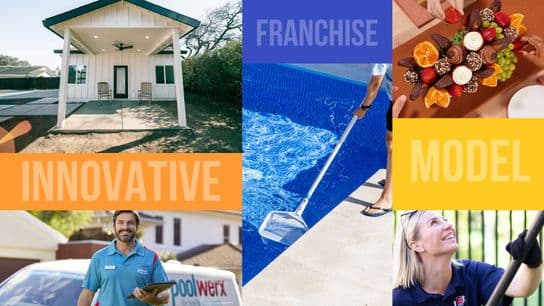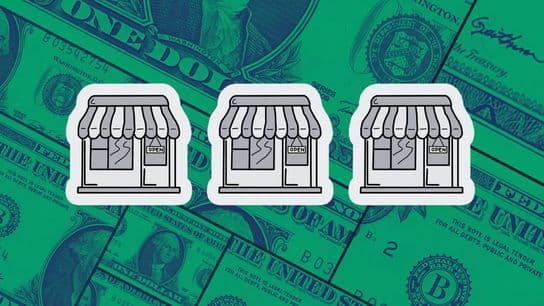As Demand For Fast Casual Heats Up, Fast Food Restaurants Prove that Imitation is the Sincerest Form of Flattery
Growth in the fast casual industry is up. Meanwhile, fast food restaurants are struggling. The solution for places like Taco Bell and McDonald’s? Follow the leader.
At this point, industry experts saying that “fast casual food is so hot right now” elicits nothing more than an eye roll. For over a year now, we’ve been hearing just how popular the fast casual restaurant concept is. After all, the market for fast casual has grown by a whopping 550 percent since 1999—more than 10 times the growth seen in the fast food industry over the same period. And to date, the category now controls 5 percent of all restaurant traffic—up from 1 percent in 2000.
But despite the saturation of fast casual restaurants throughout the country, perhaps few understand the appeal of this model better than the fast food industry—a segment that has suffered tremendously on the heels of the success of its “better-dressed sibling.” Recently, the Wall Street Journal noted that “visits to fast-casual restaurants, long the bright spot of the industry, declined last month for the first time since 2004.”
Rather than waiting around while somewhat more upscale food joints pluck customers, the fast food industry is responding by mimicking the competition. Last year, Taco Bell began selling liquor at a location in Chicago. The newer and boozier menu features three 16-ounce frozen drinks that look straight out of the Kwik-E-Mart; spike your cherry-red Cantina Punch, electric-yellow Cantina Margarita or Ninja-Turtle green Mountain Dew Baja Blast with your choice of rum, vodka or tequila. Customers were also introduced to a menu addition called Shareables—essentially appetizer baskets. The New Taco Bell also comes with exposed brick, an open kitchen and a fancy new name: Taco Bell Cantina. This year, the taco chain also unveiled a new design for its restaurants nationwide—which will eventually include exposed wooden beams with dangling light fixtures, white walls and community seating.
“We hope that these changes will spark a renewed interest in actually using our restaurants as a place to go out to dinner versus picking up convenience and food to go home,” said Deborah Wall, vice president of development and design at Taco Bell, to USA Today.
Taco Bell’s redesign announcement came just weeks after McDonald’s made a similar one. This summer, the brand opened a 6,500-square-foot location in St. Joseph, Minnesota, which will feature order kiosks (to allow for easier burger customization), armchairs, couches and table-side service.
The one thing that all these changes have in common is there’s nothing “fast” about them. While fast food’s model used to be so focus don handing customers their food and getting them out the door, the new iteration seems to be moving toward spaces and menus that entice diners to stay awhile.
Sound familiar? That’s because they’re essentially fast casual restaurants in disguise. According to Darren Tristano, the president of Technomic, the results have been mixed at best so far, but it’s hard to view the fast food industry’s moves as anything more than flattery. At the very least, he says, the kind of changes seen by brands like Taco Bell and McDonald’s shows a willingness to let go of its core business points in exchange for a future in which the quick service food industry looks a lot more like a fast casual restaurant and a lot less like, well, fast food.
“I think you’re going to see less and less distinction over time as more fast food concepts shift towards the fast casual model,” Tristano told the Washington Post. “If you think it’s hard to tell what makes a restaurant fast casual today, it’s only going to be more confusing.”









